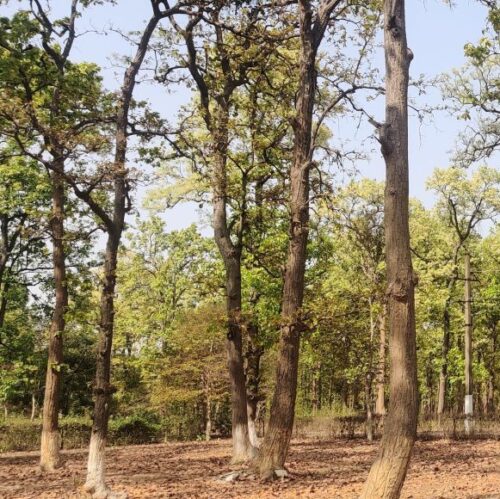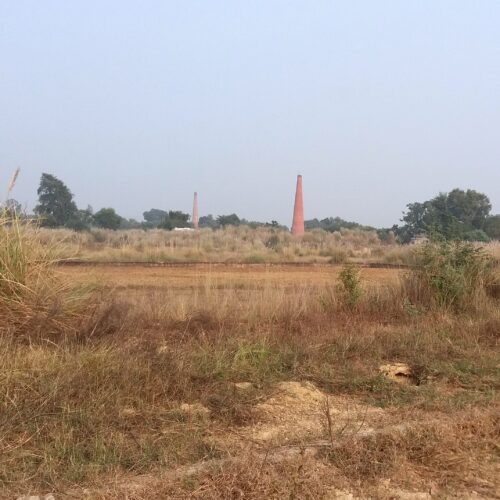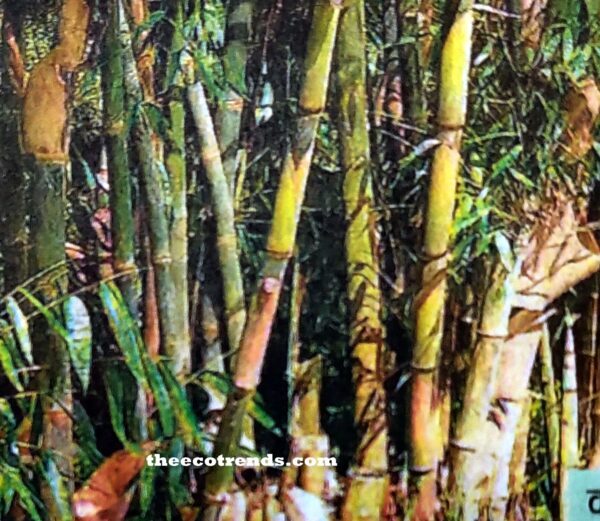The processes of development through years have spurred on unplanned urbanization, extensive industrialization followed by different types of pollutions, construction of a series of mega dams, and large-scale application of Agro-chemicals. In the process, different parts of the world have started facing ecological crises.
More than half of the forest cover has been lost, most of the water sources have been poisoned, Major parts of lands have been eroded, millions and millions of people have gone homeless, and many species of plants and animals have either gone extinct, or have been waiting for extinction.
Inappropriate technologies of development, mismanagement of resources, abuse and overuse of resources and the like are certainly the causes of environment problems. But these are not the basic causes.
Environmentalists consider that the socio-political structure of the country is responsible for it up to major extents. The inequitable consumption of resources together with inequitable sharing of responsibilities for the wellbeing of environment have been considered as basic causes of problems of environment.
A major group of environmentalists is of the opinion that the explosion of human population is the starting point of the route of environment problems. More people need more resources but resources are limited. Consumption of resources in some countries of the world is manifold than the same in developing countries. The race for development involving application of inappropriate technologies and thoughtless industrialization causing various types of pollutions are creating critical problems in the environment.
A sustainable world
The term development was thought to be just a biological process up to the World War II. The economic significance of this term was not properly understood till that time. Gradually, development acquired a new meaning and it remains an important topic of study in economics, sociology, and other sciences. Further, several national and international agencies started designing and implementing plans and projects on Economic Development. Such an agency was United States Agency for International Development (USAID).
Economists the world over, came to agree that Jobs and goods are necessary for the growing population and some degree of industrialization is necessary for this development. Gradually development became to be thought of as an evolutionary process which should involve economic growth, social, ethical and cultural modernization, values and practices of traditional societies and modern ideas of the west.
This approach to development paved the way for heavy industrialization, expansion and modernization of agriculture, implementation of mega river valley projects and construction of big dams, rise in consumption, wastage and overuse of resources, clearance of forests, urbanization etc.
After sometime these tendencies and practices of modernization started producing their products in the forms of degradation of land, air, and water pollution, extinction of species of plants and animals, global warming, depletion of ozone layer, spread of new epidemics and pollution related diseases, health hazards, depletion and contamination of ground water, loss of wetlands and mangroves, rise in frequency of cyclones and several other problems.
In 1987 United Nations’ sponsored World Commission on Environment and Development was organized in which commission defined sustainable development as- ‘development which meets the needs of the present without compromising the ability of future generations to meet their needs’. In this definition it has been stated that –
The current model of development preserves natural resources but also employs technologies. And these technologies can be maintained by local communities on their own. Gradually, the ambiguous definition of development that was introduced in the world commission was improved, expanded and clarified.
Now the currently emerged thought of new development was started to be called as sustainable development. Sustainable Development can be defined as- An approach to economic planning, which attempts to foster economic growth while preserving the quality of the environment for future generations is called as sustainable development.
According to the Brundtland Report- 1987, development that meets the needs of present without compromising the ability of future generations to meet their own needs is called as sustainable development.
According to the above definition there should be some specific planning for economic growth but the planning should be such that it may not disturb the natural quality of the environment when it is implemented for economic development. Secondly, the economic planning done for the economic growth should have provisions of sufficient resources for the coming generations.
The Earth Summit of 1992, which was held in Rio de Janeiro, focussed attention on environmental issues. The Earth Summit produced a declaration of principles called as Rio Declaration on Environment and Development. In fact, this declaration is a plan for the sustainable development of the resources on earth during 21st century. It also guides for the management, conservation and sustainable development of forests. All the subsequent conferences of United Nations organized in social issues continuously incorporated sustainable development.




